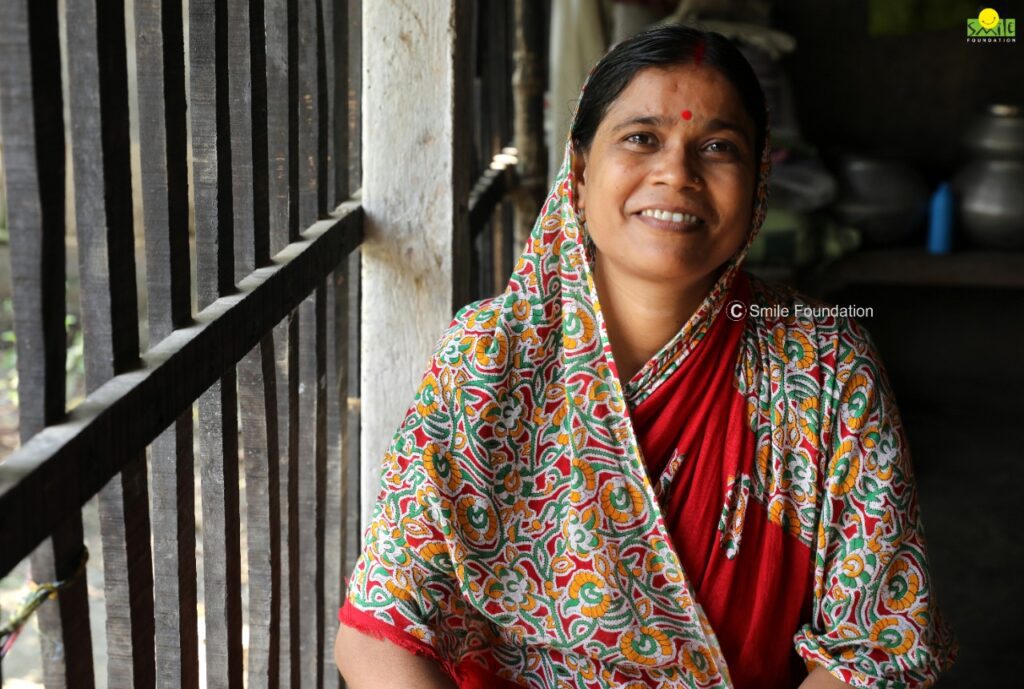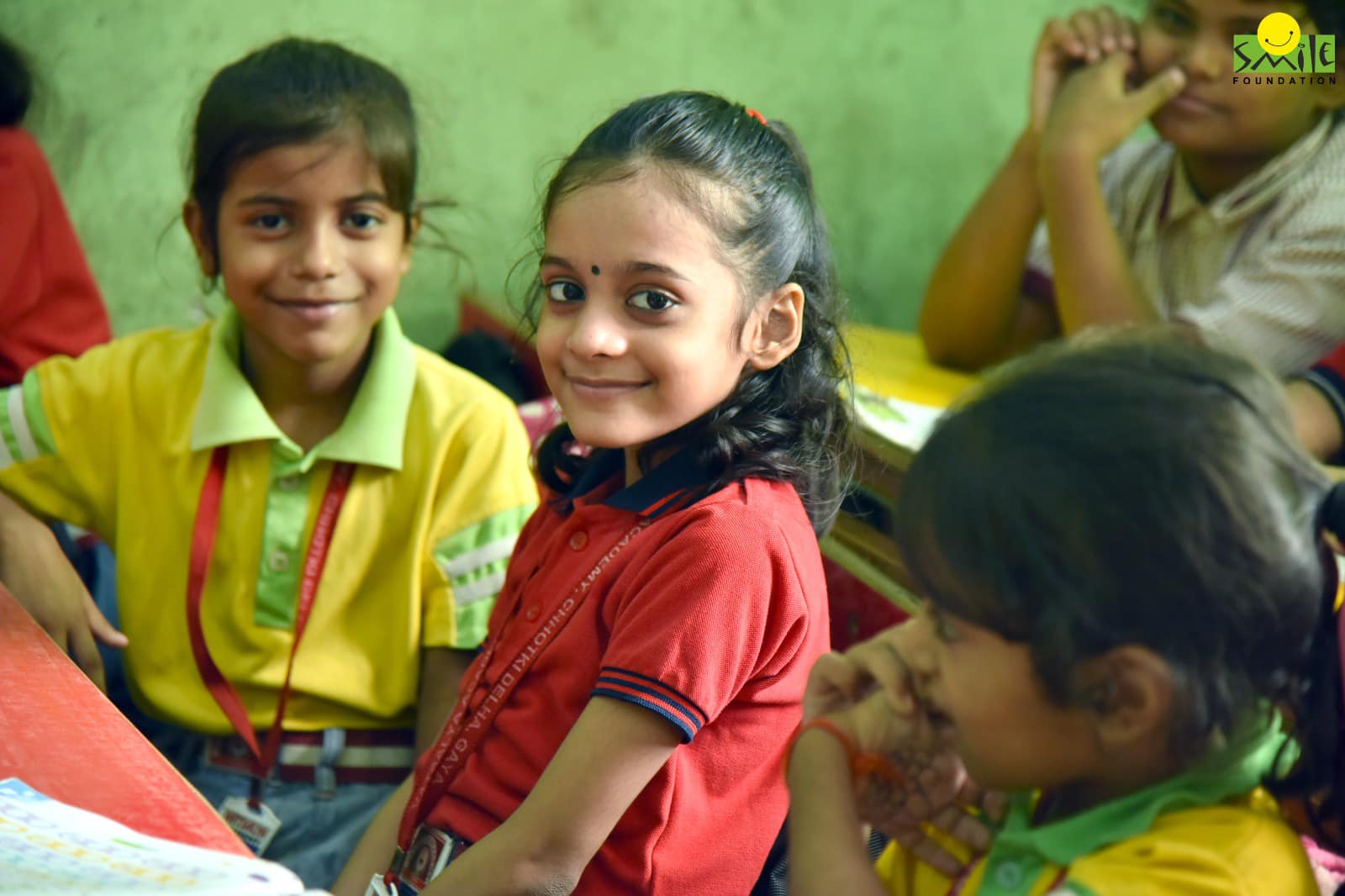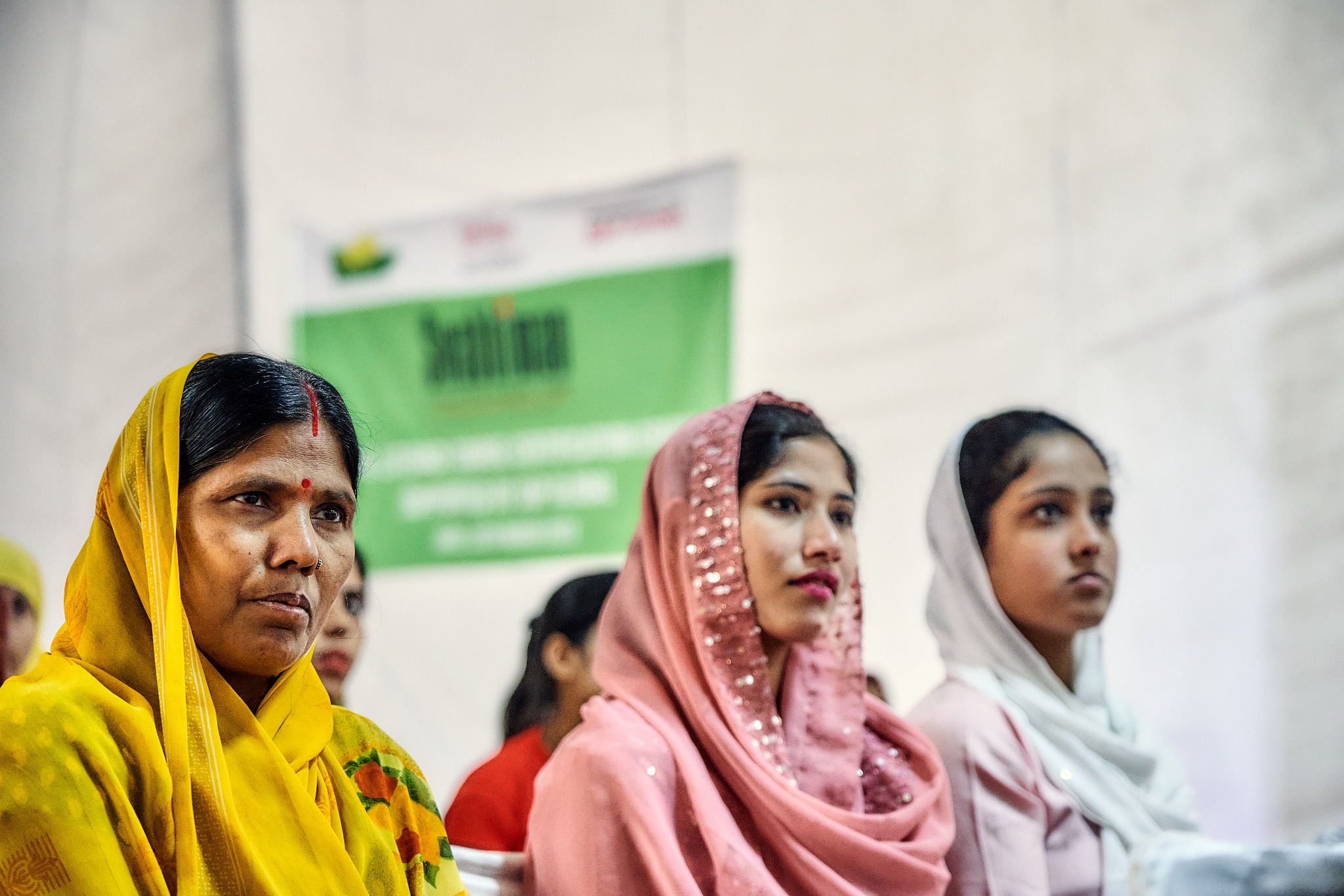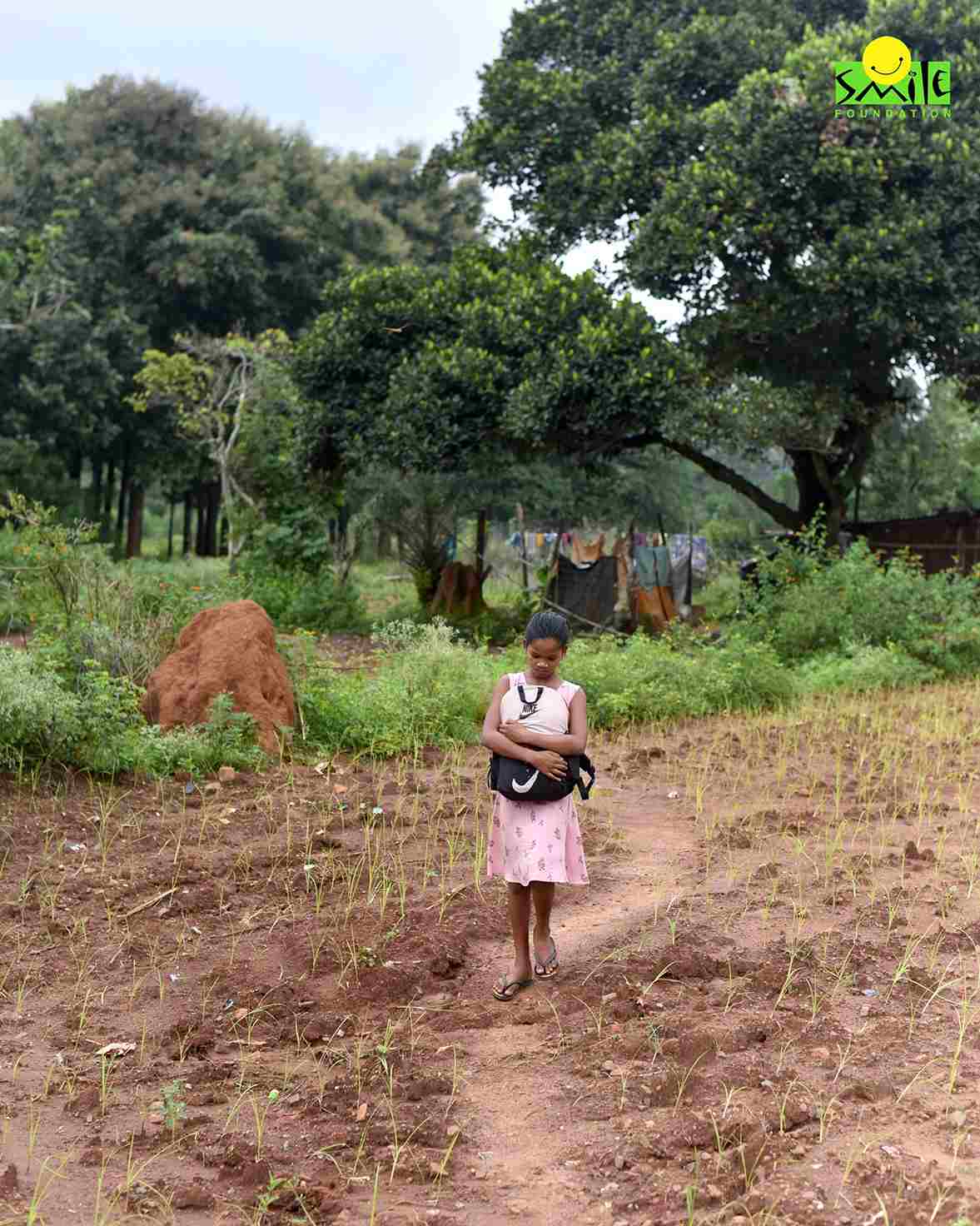Remember our homemaker mothers and their savings system? When we would ask them for money, they would pivot us towards our fathers, only sharing their money when we need something urgently and our fathers have sternly said ‘no’ to that. That was and still is one of the superpowers of women who know when to open up their wallets and when to keep the zippers on them closed. Women financial inclusion is simply the need of the hour.
Women Financial Inclusion- Why the Urgent Need?
Women’s financial independence is a key component of the genuine “emancipation” of women. Faster gender parity will result from financial empowerment. However, it is believed that 35% of women worldwide are financially excluded.
One of the main barriers preventing women from accessing institutional finance is a lack of knowledge. It is quite challenging for both men and women to comprehend and value the importance of formal money in their lives without proper literacy. This frequently causes individuals to be reluctant to use the savings and loan products offered by financial institutions. Having some basic education is necessary to improve financial literacy. The situation for female literacy, however, is not positive.
In comparison to 8% of all boys, around 10% of all girls between the ages of 6 and 11 are denied the right to education internationally, according to UNESCO’s eAtlas of Gender Inequality in Education. In comparison to around 8 million males, over 16 million girls between the ages of 6 and 11 may never get the chance to attend a primary school if the current pattern persists.
Reasons for Women’s Current Position In The Economical Structure
The habit of forcing female youngsters into marriage before they are financially independent, sometimes against their will, is the second barrier. They become totally reliant on the spouse or the husband’s family as a result of this and their early motherhood. Consequently, her life is challenged monetarily if the husband quits his work or experiences a crop failure.
Third, many nations do not provide women with the ID documentation they need to access financial institutions.
Fourth, many developing and low-income nations forbid women from entering banks, which are often staffed mostly by males. Additionally, women frequently do not have control over their possessions since their male relatives hold that authority.
Another roadblock is the inheritance and marriage regulations– the sons receive the better share of the inherited property in a patriarchal culture. However, laws have changed or are being altered in many nations today to empower women.
Lastly, as women do not have financial independence, it is challenging for credit reporting agencies to compile the financial histories of women, which prevents financial institutions from lending to them. Women financial inclusion would ensure an easy credit flow to women in starting a business or taking loans during personal crises.
Women’s Economic Empowerment in Developing Countries
Giving women more economic power involves giving them more access to financial resources and more authority to make important decisions that will benefit themselves, their families, and their communities. These include the freedom to manage their own schedules, and finances, and the ability to participate equally in the marketplaces already in place. Their economic situation and well-being are improved with more empowerment.
The Sub-Saharan African region continues to struggle with gender inequality; it is one of the most unequal regions in the world, and development there is considerably slower than in other areas. The predominance of cultural practises that exacerbate favouritism towards men is a major contributor to gender disparity in emerging nations.
Financial Loss of Keeping Women Out of the Workforce
Gender inequality has a huge financial cost since it reduces productivity and economic growth internationally. As a result of the disparities in lifetime incomes between men and women, nations are losing $160 trillion in wealth. Additionally, a staff note paper from the IMF revealed that the costs of preventing women from joining the workforce are higher than previously imagined and that removing the barrier of gender disparity would likely result in benefits that are higher than originally anticipated. Therefore, reducing gender disparity is essential for economic growth.
Third-world economies expand more rapidly when more women are given the opportunity to work. This is because the economic empowerment of women promotes economic diversity, productivity, and income equality, all of which have a favourable impact on other aspects of development.
According to IMF research, measures that promote women’s access to financial and educational opportunities can lower inequality and boost economic growth in developing nations. Reduction in fertility rates and increase in labour force participation, therefore providing greater quality of human capital to the future economy and generations are made possible by giving women and girls more educational possibilities.
‘Women Everywhere’ is Good for the Overall Economy
Women do better when they have more visibility. Financial inclusion into various institutions through an increased affordability power ensures that women’s needs are made central and of high value. When a man and a woman have comparable purchasing power for a car then the banks would be bound to treat them as equals when their loan applications go in.
Small but steady steps ensure that more and more women are empowered with their needs discussed in marketing/boardroom meetings more fervently. Once the women have equitable seats at the big table, there’s no stopping them from living dignified lives- both personally and professionally.
Donate for Women Empowerment
Smile Foundation launched Swabhiman in 2005 to tackle these issues in a straightforward and efficient manner. Through creative communal activities, the programme especially aims to realise both individual and collective self-esteem and inner strength for marginalised and socially excluded women and teenage girls.
Under Swabhiman, the initiative for women’s empowerment, a customised approach known as the “4S Model” was devised. The abbreviation “4S Model” stands for four cutting-edge strategies: Supporting Education, Sustaining Change in Communities, Support from men through male involvement and Seeking Healthcare as a Behaviour.
The initiative seeks out young women and girls from the neighbourhood and nurtures them into Change Agents who then actively participate in the community mobilisation process. To date, Swabhiman has effectively improved the lives of nearly 1,00,000 women and girl children via its health and women’s empowerment programmes.









